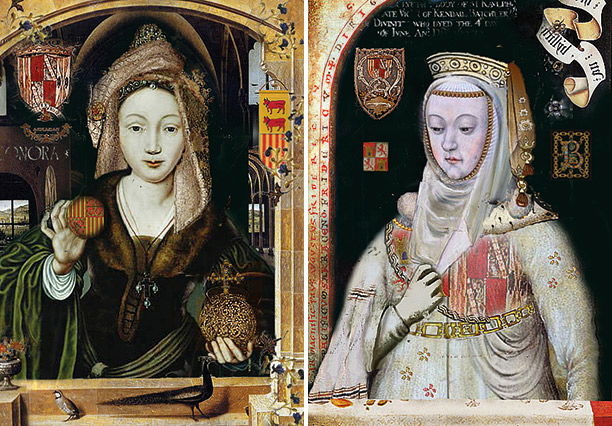The She-Wolves of Navarre
In the Middle Ages, with the re-emergence of Salic Law, it became impossible for women to succeed to the throne in most European kingdoms. Yet between 1274 and 1512 five queens ruled the Pyrenean kingdom of Navarre, as Elena Woodacre tells their stories.
 Female succession, or the right of women to occupy the throne and rule in their own right, is an issue that is still contested today. Previously, women could only inherit if there was a lack of male heirs. In some countries, such as pre-Republican France, they could not inherit at all. In Japan they still can’t. Recently laws have been changed in the UK to reflect constitutional changes in other European countries, such as Sweden, Belgium, Norway and Denmark, which have implemented equal or absolute primogeniture ensuring that the eldest child inherits the throne whether they are male or female.
Female succession, or the right of women to occupy the throne and rule in their own right, is an issue that is still contested today. Previously, women could only inherit if there was a lack of male heirs. In some countries, such as pre-Republican France, they could not inherit at all. In Japan they still can’t. Recently laws have been changed in the UK to reflect constitutional changes in other European countries, such as Sweden, Belgium, Norway and Denmark, which have implemented equal or absolute primogeniture ensuring that the eldest child inherits the throne whether they are male or female.





